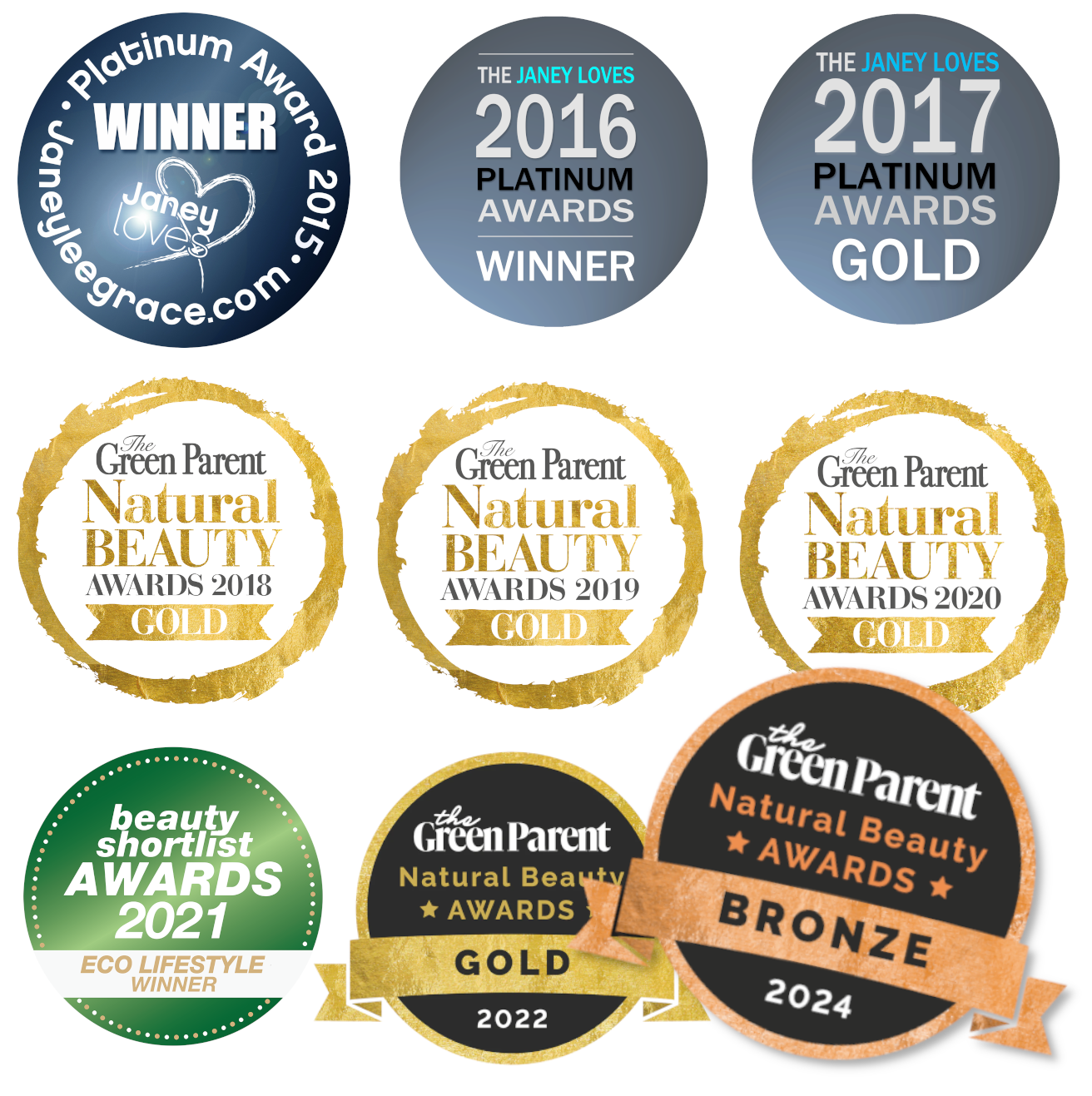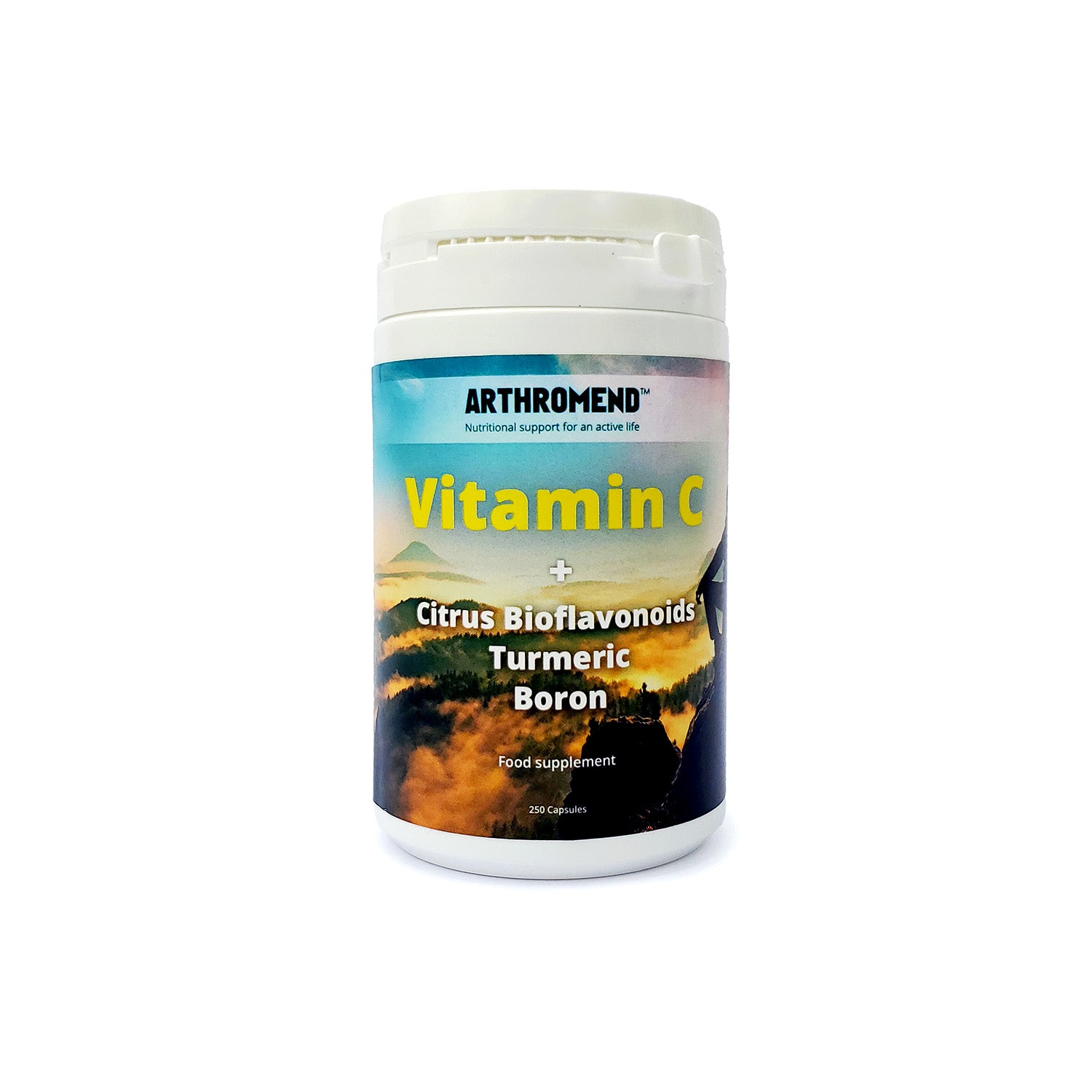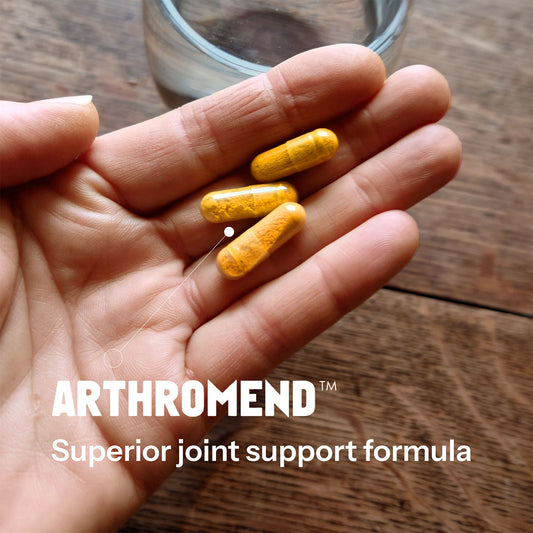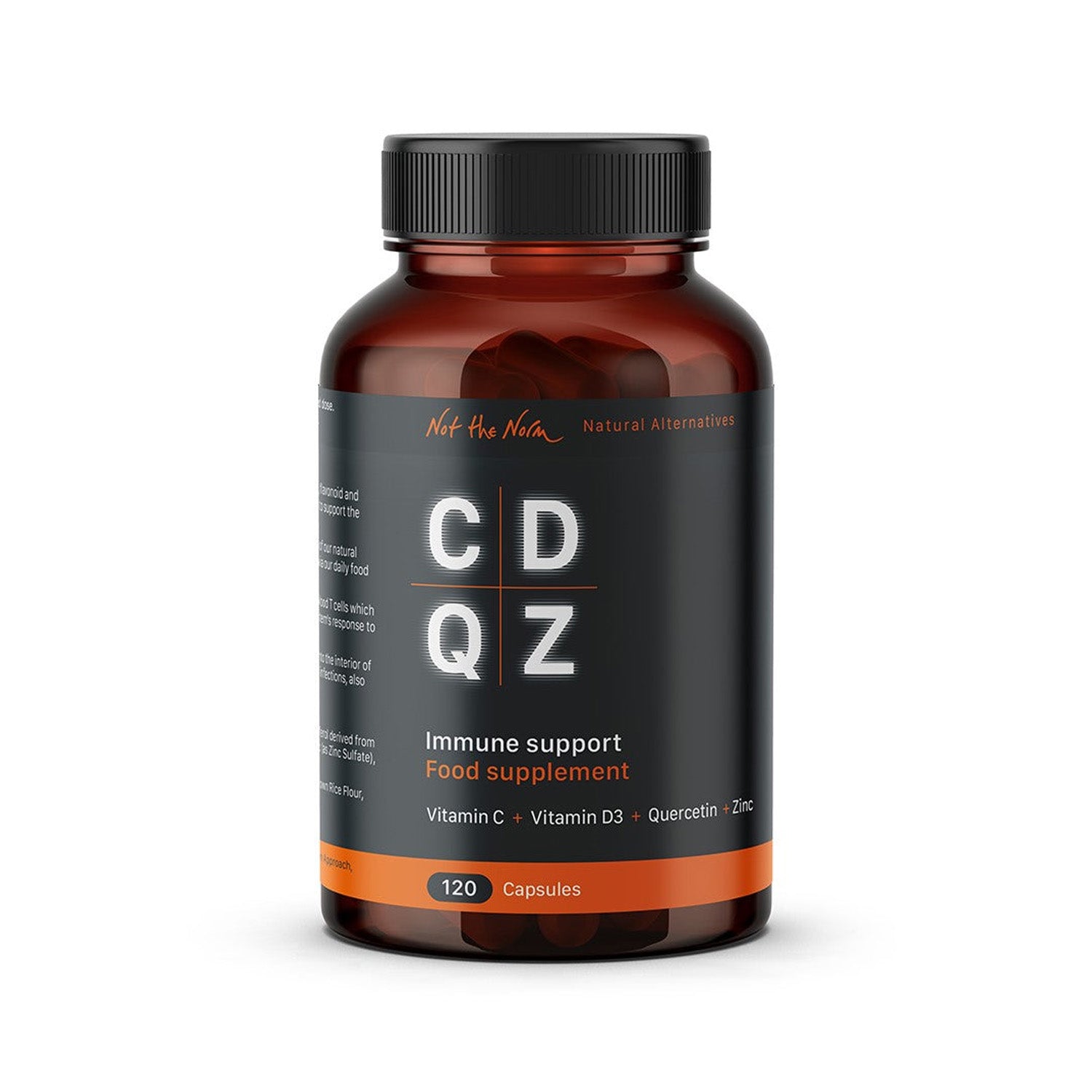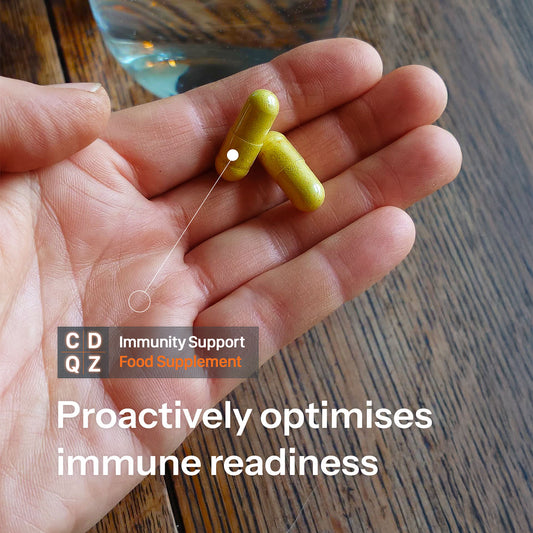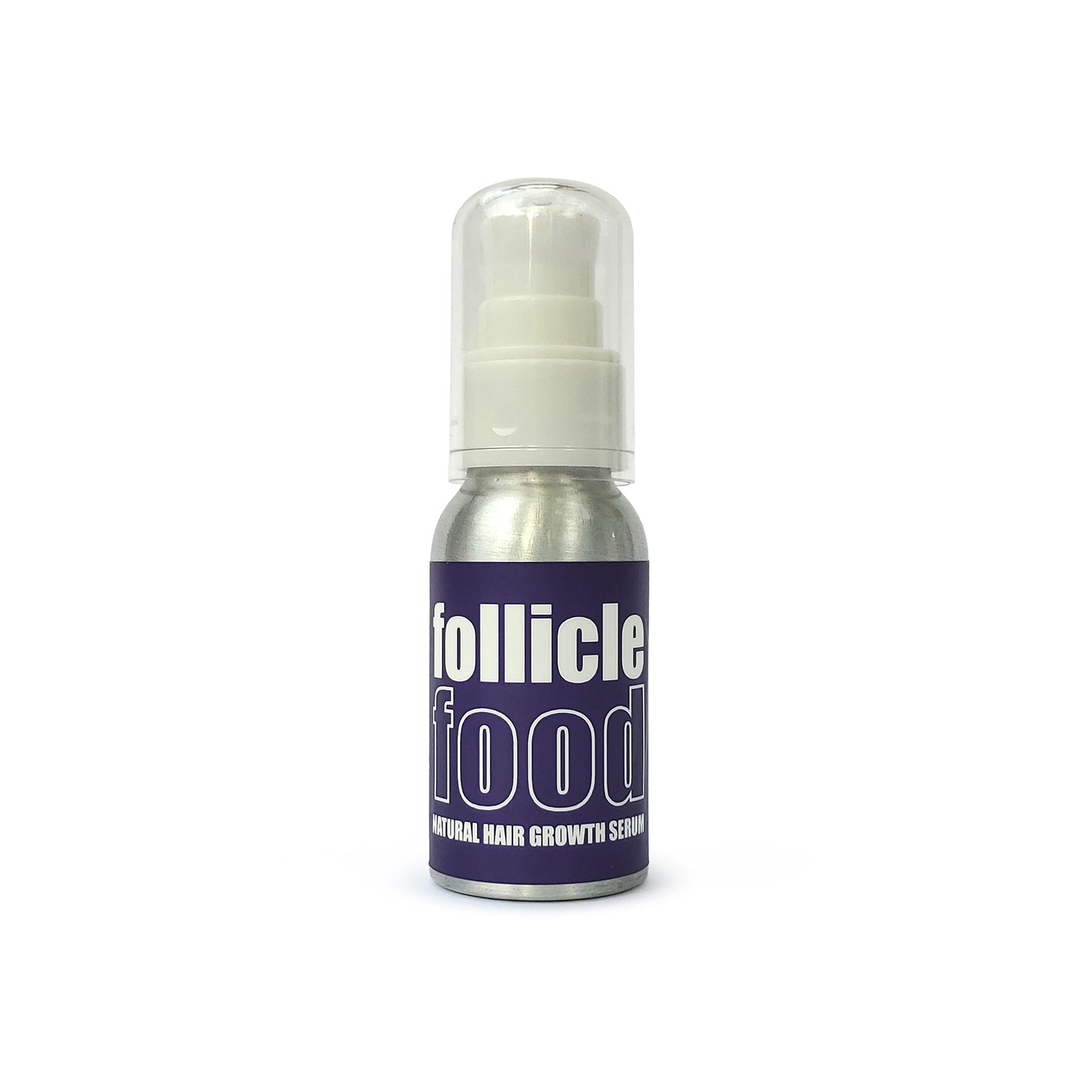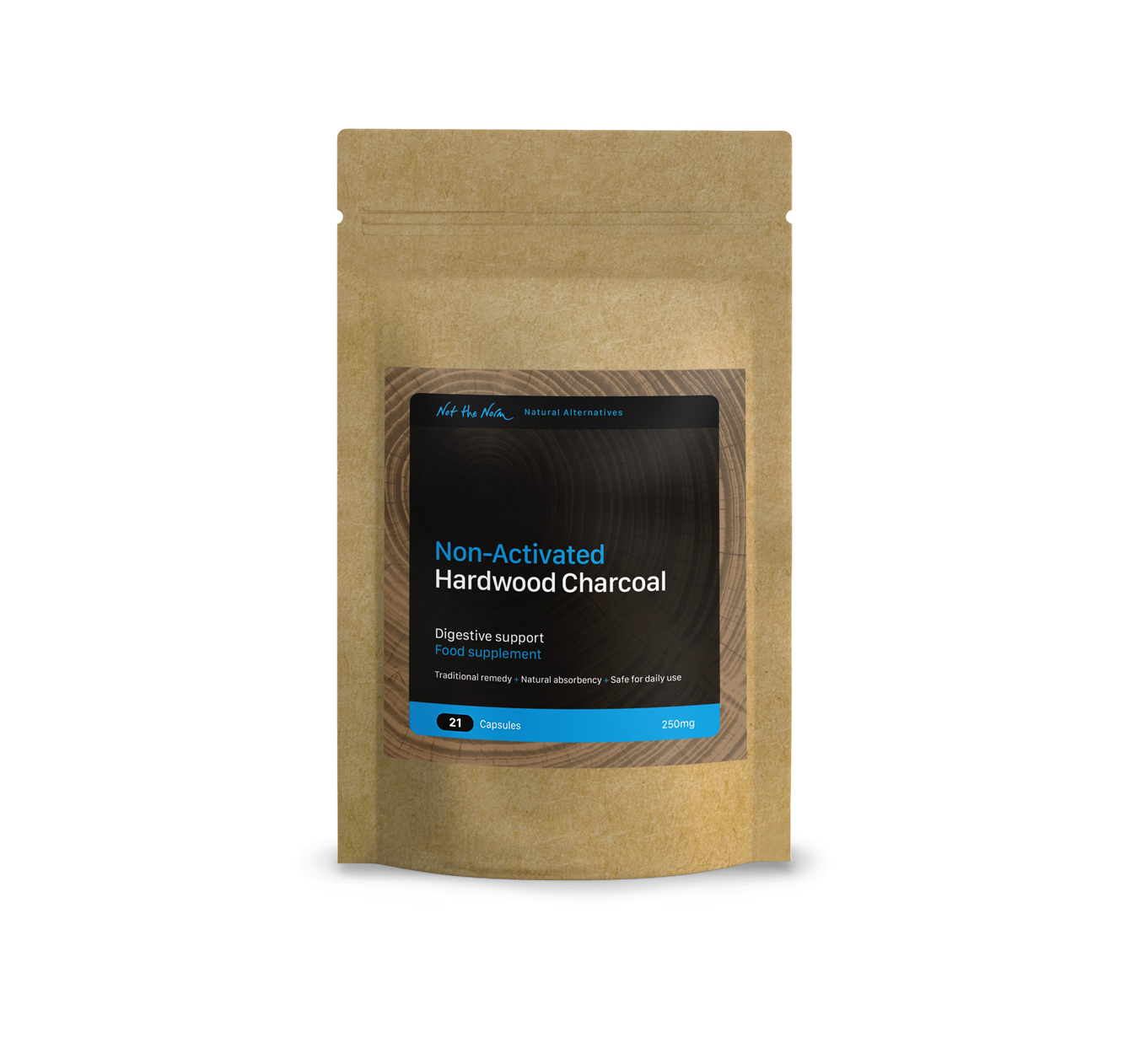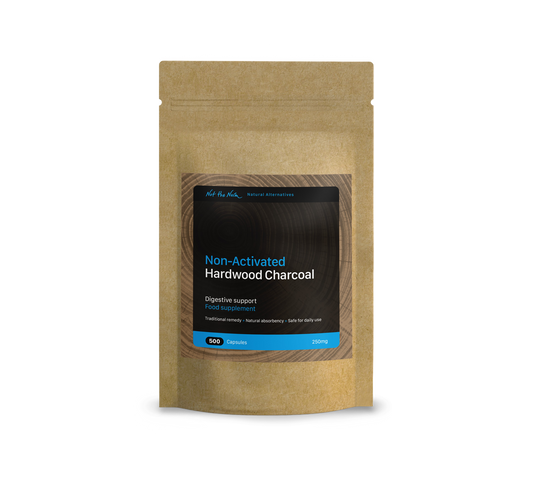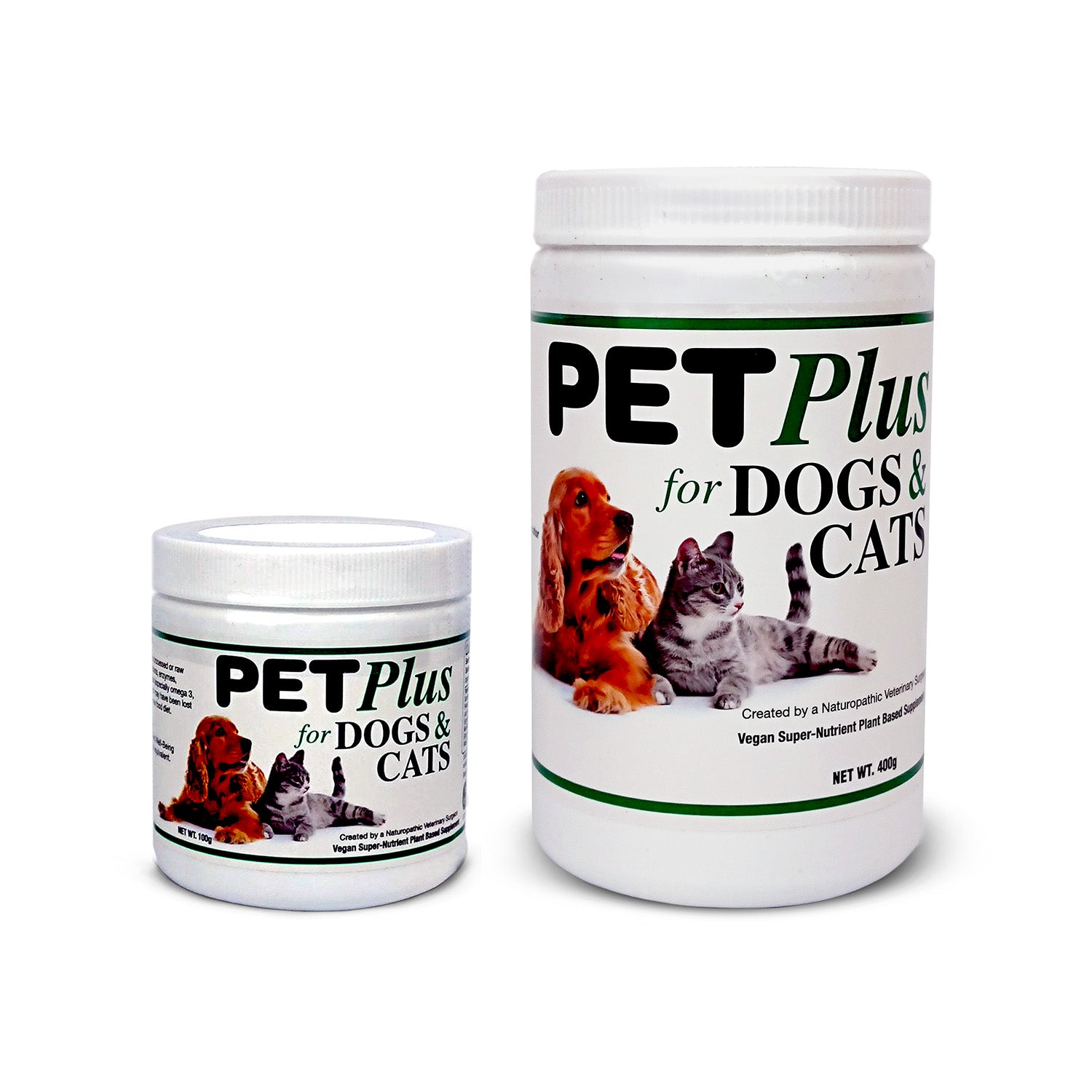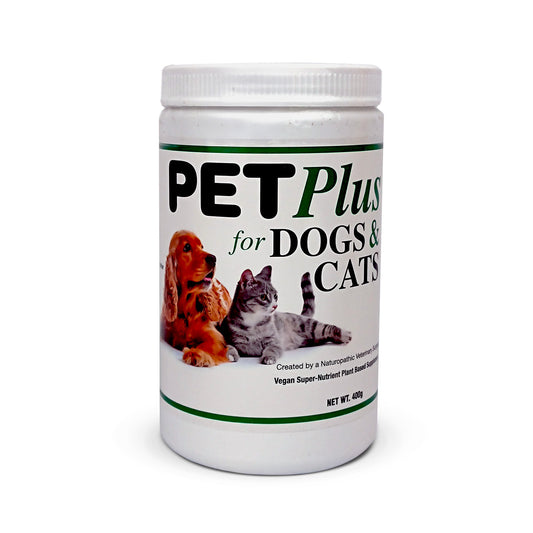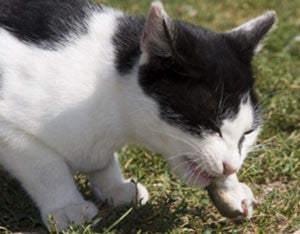Digestive disturbances are extremely common in dogs and cats. In order to understand how best to help you to prevent and treat your pets’ problems, it’s helpful to know how the digestive system is supposed to work in health. Then we can look at various treatment and preventative options.
A Healthy Carnivore Gut

The digestive tract of the carnivore is much shorter than that of omnivores and herbivores (e.g. humans, rabbits, horses). It is perfectly designed to digest other animals in their entirety, raw, comprising the meat, bone, guts, offal, fur, skin, eyeballs … the whole lot! Considering what their prey eats, this enables the carnivore to get a beautifully balanced mix of macro- and micro-nutrients.
The herbivore has teeth especially designed to chew fibrous vegetation to a pulp. Its digestive system has enzymes to digest the cellulose cell walls releasing the nutrients essential to health. The carnivore capitalizes on this hard work, consuming this partially digested, enzyme rich grass soup in the guts of its prey. The carnivore gut is ill equipped to deal with neat, raw vegetation unless it has been pre-digested by a herbivore or by the process of autolysis (in fallen fruit for example).
Throughout the digestive tract, digestive enzymes and other digestive aids (e.g. hydrochloric acid in the stomach, bile in the duodenum) are secreted to maximize gain from the food consumed. These add to the enormous amount of enzymes consumed in the raw prey, enzymes which are naturally occurring in every living thing, the so called ‘food enzymes’, comprising the prey’s metabolic enzymes (which run every cellular activity), digestive enzymes (to digest food) and food enzymes (in the raw vegetation it has eaten). The presence of active natural enzymes in the food consumed vastly reduces the need for the body to produce digestive enzymes. This reduces the load on the pancreas, the main producer of digestive enzymes, and all the other enzyme secreting organs.
As the food is moved along the gut by peristalsis, it is progressively digested and absorbed. Once it reaches the large intestine, it comprises largely indigestible fibre and waste products. The probiotics residing here continue the digestive process, releasing more nutrients to be absorbed. Water is also resorbed here. Whatever is left passes into the rectum to be excreted.
So the food is caught, chewed, swallowed, digested, absorbed and the indigestible portion is excreted. Perfect!
So, How Can We Do This For Our Pets?
The simplest way to provide proper nutrition for our pets is clearly to supply them with raw food. Fortunately there has been a huge increase in producers of raw meat and bone minces, raw meaty bones and frozen liquidized greens. This makes it easy for us to feed healthy food to our pets.
The missing ingredients are the digestive enzymes, probiotics, prebiotics and other digestive ‘aids’ which would be found in the grass soup of the prey’s guts. These are essential to allow the carnivore to digest its food and deal with the liquidized greens we give them to mimic the prey’s gut contents as part of their balanced raw diet.
Pet Plus Is The Answer!
Fortunately there is a nutritional supplement which perfectly fills this gap, called Pet Plus. By feeding this combination of raw meat and bone, raw liquidized greens and Pet Plus, the health of the gut, and therefore the whole animal, is maintained.
Fruit and root vegetables should not be mixed with meat and bone as the prey animals would rarely consume them, although dogs, being the survivors that they are, will scavenge anything and eat it, so fruit and root vegetables can be given as treats between meals.
Why Do We Get This So Wrong?
Heating or other forms of processing damage the food molecules and destroy the enzymes. The pancreas of rats fed processed food has been shown to be three times as big as that of their colleagues fed raw food. This is because eating food devoid of natural enzymes forces the digestive system to produce all the digestive enzymes required to digest the food; the pancreas is the main digestive enzyme producing organ. In addition, many of the molecules are damaged to a degree that the body cannot recognize them as food and so launches the immune system to attack them. Undigested food particles find their way into the blood where they are recognized as foreign and attacked by the immune system, raising the white blood cell count for many hours, a process called digestive leucocytosis. This is much worse if a microwave is used to thaw or cook the food.
Undigested food irritates the gut causing inflammation and gas production thus speeding up peristalsis. Gastric Dilatation and Torsion (bloat) can result from the fermentation and gas production if it occurs in the stomach. In the intestines, this intestinal bloating is often painful and can discourage the dog or cat from eating.
As a result of the intestinal hurry caused by the rapid peristaltic wave, the intestinal contents arrive at the large bowel containing too much undigested food. The probiotics which are not designed to deal with rich food but which thrive on cellulose cell walls (prebiotics) do their best to digest it. Other, unfriendly bacteria and yeasts also proliferate in this unnatural environment, producing gas, irritation and inflammation presenting as flatulence, diarrhoea, colitis, IBS and eventually bowel cancer.
Parasites also enjoy the presence of undigested food, exacerbating the intestinal irritation, so pets fed a processed food diet will need constant anti-parasitic treatments.
How Can We Prevent And Treat These Ailments?
Increasing the digestibility and nutrient value of the food, whether it’s raw or processed, by adding a supplement of digestive enzymes, prebiotics, probiotics and other micronutrients, e.g. Pet Plus will help to prevent digestive problems.
Using a daily herbal wormer like Verm-x will help to control the gut parasites, thus reducing the associated inflammation, bloating, gas and diarrhoea.
Once diarrhoea has been allowed to start, treat with a day of starvation whilst giving an anti-inflammatory natural medicine like Aloe Vera, an adsorbent like medicinal clay or charcoal tablets / granules and probiotics (in Pet Plus) to recolonize the gut. Gradually introduce bland foods like cooled boiled brown rice, boiled white fish, raw egg, all given a little at a time. Clearly veterinary advice should be sought in all but the most trivial situations.
Pancreatic insufficiency is a common problem in dogs fed processed food. Supplying digestive enzymes in a complete, natural pet food supplement, like Pet Plus, is the most effective way to help preferably combined with a change onto raw food.
As always, prevention is better than cure.







